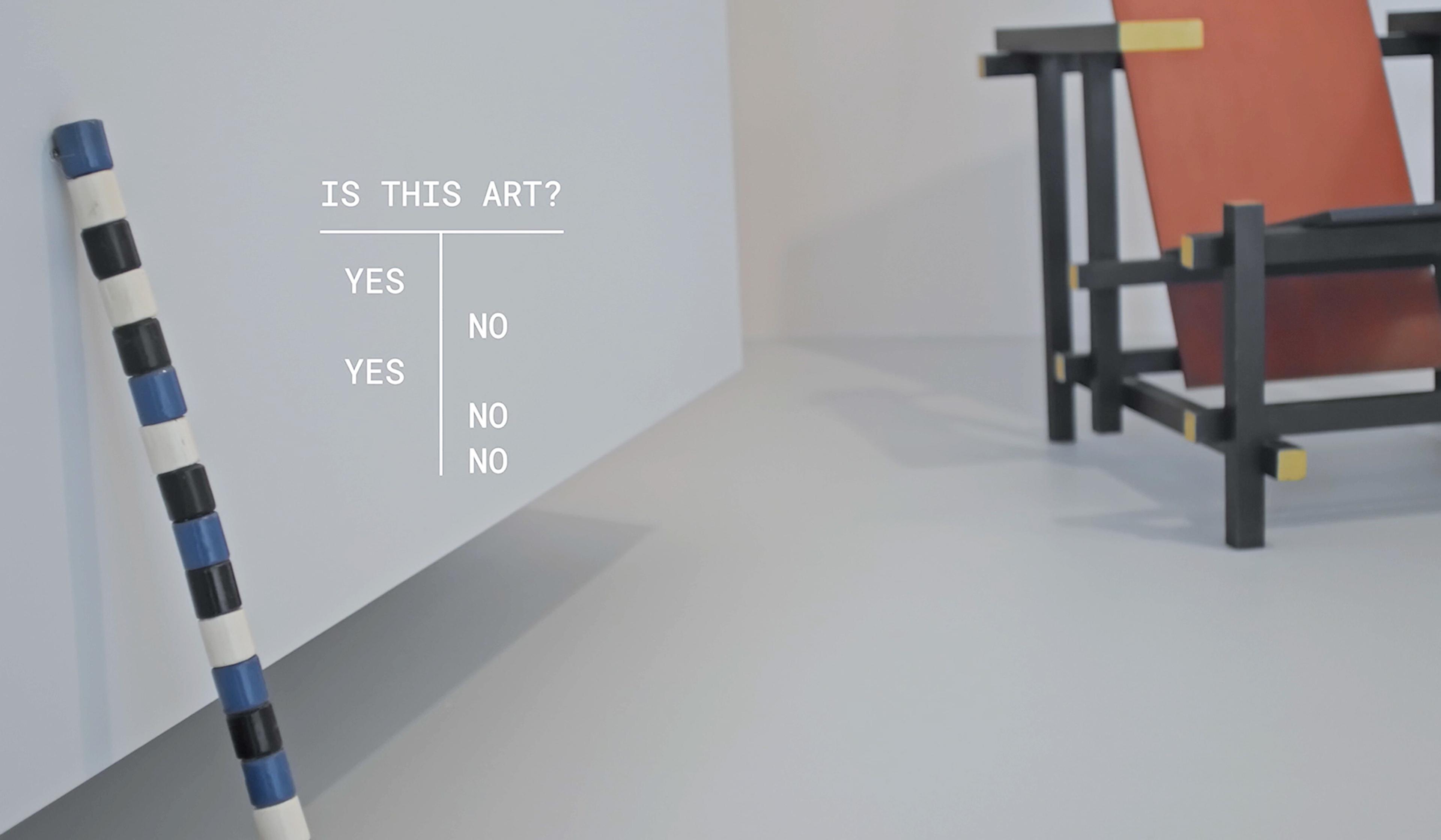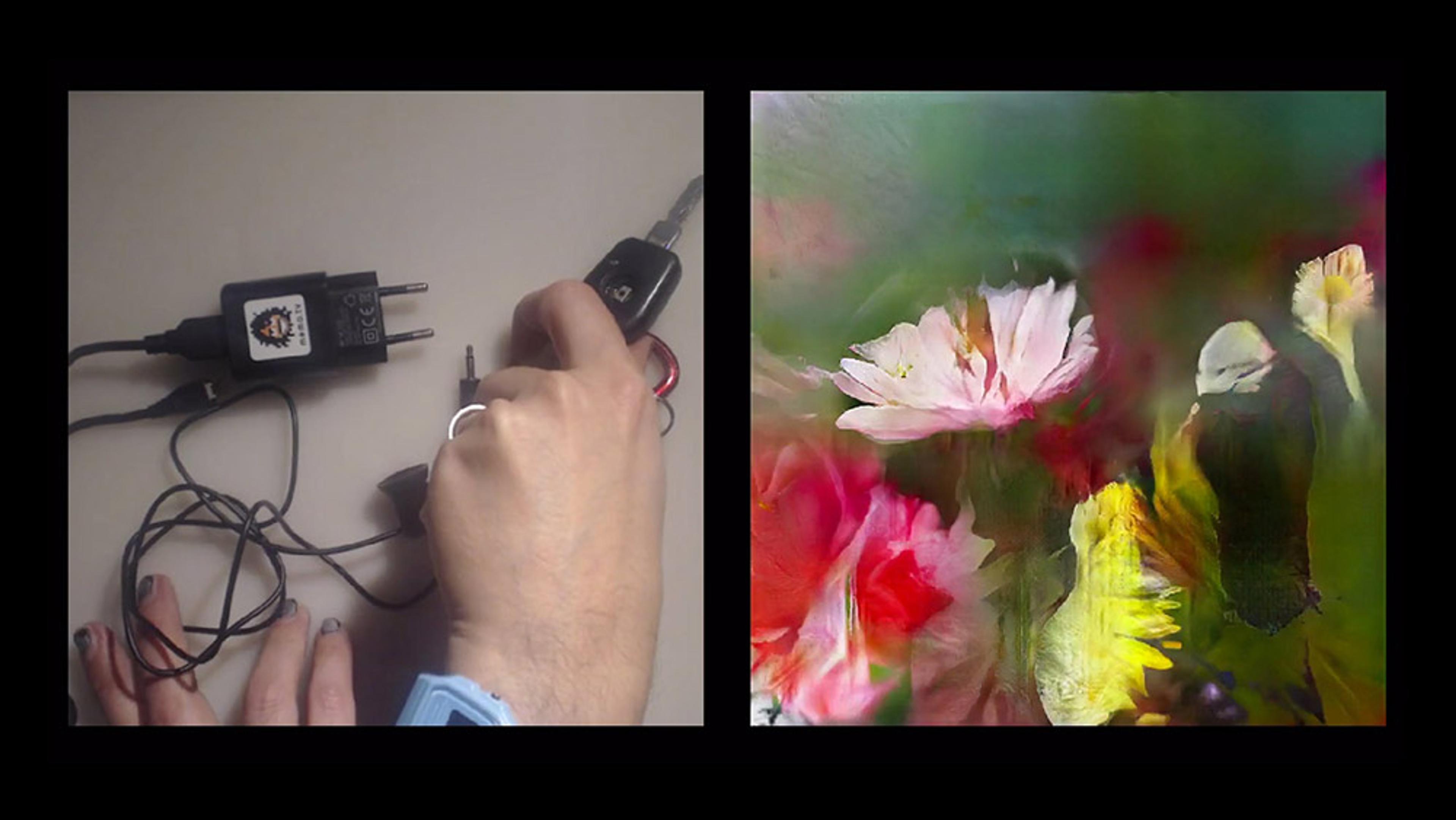Working in artificial intelligence for decades, Alexei Efros, a computer scientist at the Berkeley Artificial Intelligence Research Lab, suddenly finds himself in a world where his once-niche field has become an increasingly pronounced part of everyday life for millions. The fruits of his breakthroughs in computer ‘vision’ can be found in smartphones, photo-editing technology, self-driving cars and more. In this documentary profile from Quanta Magazine, Efros gives a brief history of computer vision for AI from the 1960s to today, details how his poor eyesight proved advantageous in his work and explains why there’s much more to machine learning than building an algorithm. He also discusses how, in his lab, he and the next generation of researchers are working to address pressing problems in contemporary AI, such as human bias.
A scientist’s poor eyesight helped fuel a revolution in computer ‘vision’
Video by Quanta Magazine

videoArt
What does an AI make of what it sees in a contemporary art museum?
15 minutes

videoComputing and artificial intelligence
A future in which ‘artificial scientists’ make discoveries may not be far away
9 minutes

videoComputing and artificial intelligence
A neural network that keeps seeing art where we see mundane objects
3 minutes

videoFuture of technology
Artificial ‘creativity’ is unstoppable. Grappling with its ethics is up to us
23 minutes

videoComputing and artificial intelligence
Who, exactly, authored this AI-generated spin on Alfred Hitchcock’s Vertigo?
5 minutes

videoTechnology and the self
Why we should worry less about ‘sentient’ AIs and more about what we’re teaching them
16 minutes

videoComputing and artificial intelligence
Machine learning is important, but some AIs just want to have fun
57 minutes

videoComputing and artificial intelligence
Why artificial neural networks have a long way to go before they can ‘see’ like us
19 minutes

videoTechnology and the self
New realities are imminent: how VR reframes big questions in philosophy
5 minutes